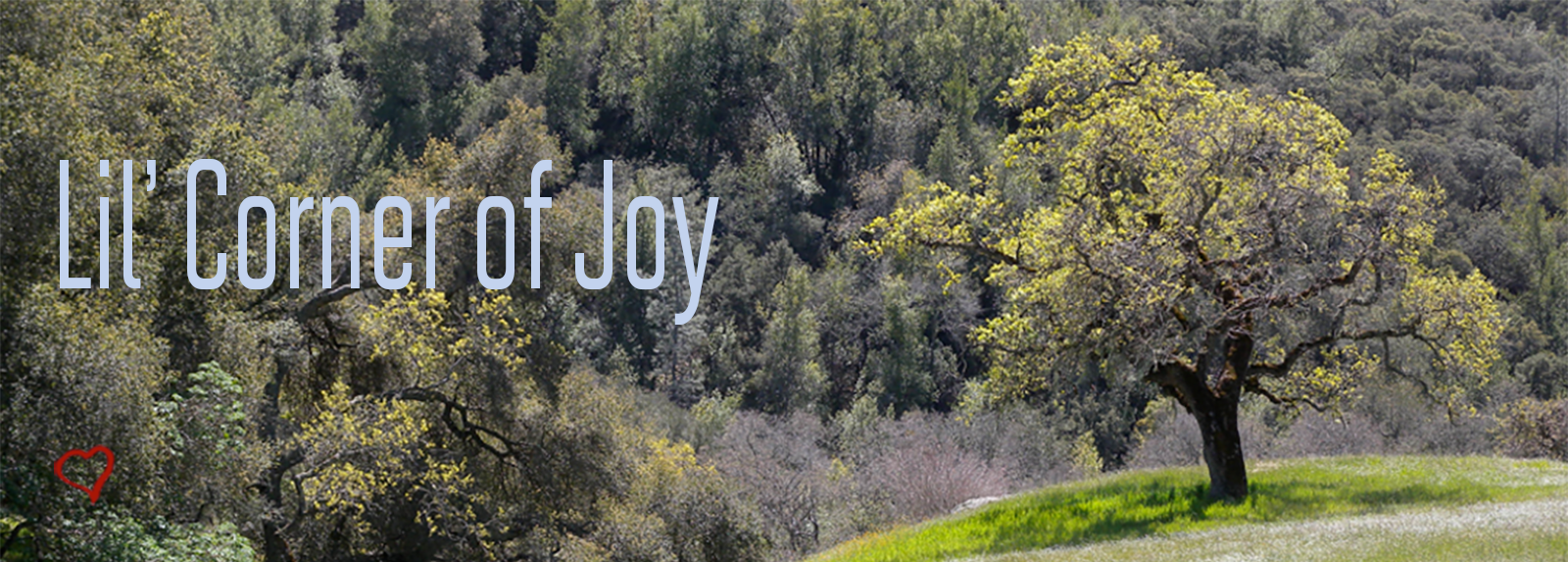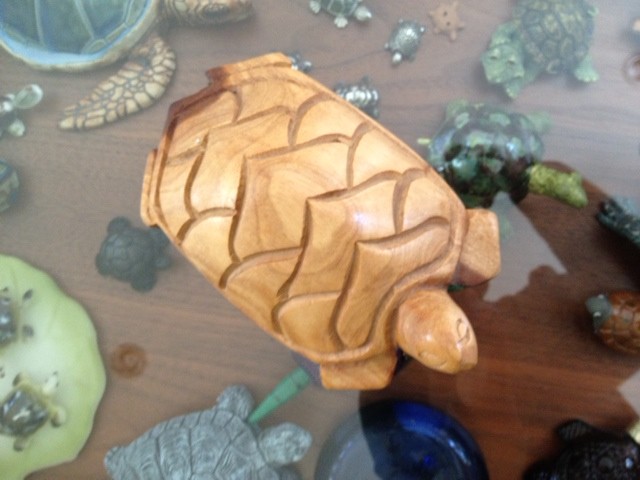I’ve been reflecting lately on how much I let other people’s opinions of me have power over the way I see myself. Yesterday, for example, as I walked out of the kids’ school, the kids (ages 10 and 13) were pulling on my arms as though we were at a carnival and they were 4 again. Two parents came towards us, smiled, and I found myself saying apologetically: “Somebody’s really happy to be out of school.” As though I needed to apologize for the kids being happy. As though I needed to apologize for my parenting. As though I was embarrassed. Was I?
Seems to me that my feelings at that fleeting meeting are not trustworthy. They were confused, because instead of looking inside myself to check how I was feeling about being pulled in two different directions by the exhilarated kids, I looked outside. The other parents’ reaction (condescension, fear, embarrassment, joy — whatever it was) may have been a reflection of something I felt inside, but now I’ll never know, because at the moment that mattered, my focus was not inside, but on the mirror, on what other people thought.
Mirrors are useful things. I use my mirror to put on my contact lenses in the morning, to check for ticks on my back after a hike, and to make sure I floss in the right spaces. I could manage all these tasks without a mirror, but having one sure helps. I also, however, use a mirror to see I don’t have anything between my teeth, to comb the crazy waves out of my hair, and to confirm that my clothes match. When I use a mirror in this way, what I’m really doing is seeing a reflection of what my exterior look like, what other people see when they look at me. But is my exterior, this outward shell, really me?
Buying shoes is a good example of what I mean. When I buy shoes, I put them on, pay attention to how comfortable they are by walking about for a few steps, and then I walk over to the mirror. The mirror shows me what I look like with the shoes — what other people see when I wear the shoes — not what I see when I wear them. F or that, I really only need to look down. I care about whether the shoes are comfortable, but I also care about whether the shoes look nice — to other people! Funny enough, I have a pair of shoes that is perfect for this example. They look pretty silly from above, like Minnie Mouse shoes, seriously. But from the side they look great — I know, because I checked in the mirror. Despite the fact that when I look down, the shoes look silly, I know that the people who matter (all of you, not me, right?) will think the shoes are great.
or that, I really only need to look down. I care about whether the shoes are comfortable, but I also care about whether the shoes look nice — to other people! Funny enough, I have a pair of shoes that is perfect for this example. They look pretty silly from above, like Minnie Mouse shoes, seriously. But from the side they look great — I know, because I checked in the mirror. Despite the fact that when I look down, the shoes look silly, I know that the people who matter (all of you, not me, right?) will think the shoes are great.
We are probably conditioned from infancy to pay attention to what the outside world thinks. We could argue that this is necessary in a society that seeks to be built on ethical and moral laws of behavior and in which many people and cultures need to coexist. Looking outside might even be inherent in us — our mirror neurons flare up and mimic the reaction of those around us. I want to believe, however, that my inner monitor is as ethical and moral as that of the rest of the world. Now that I am almost at the beautiful and invigorating age of 42, I am beginning to care about what I look like on the inside much more than I do about what other people think. And no, I’m not going to start picking my nose in public or wear my bra above my shirt. But I hope always to remember to pause and look inside myself (whether before, during or after the reaction of the world) and see how I feel and what I think — to find out inside what is important and true to me.



